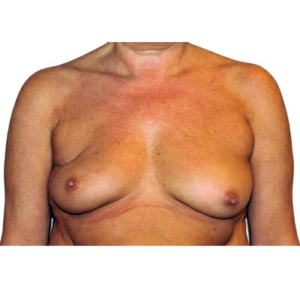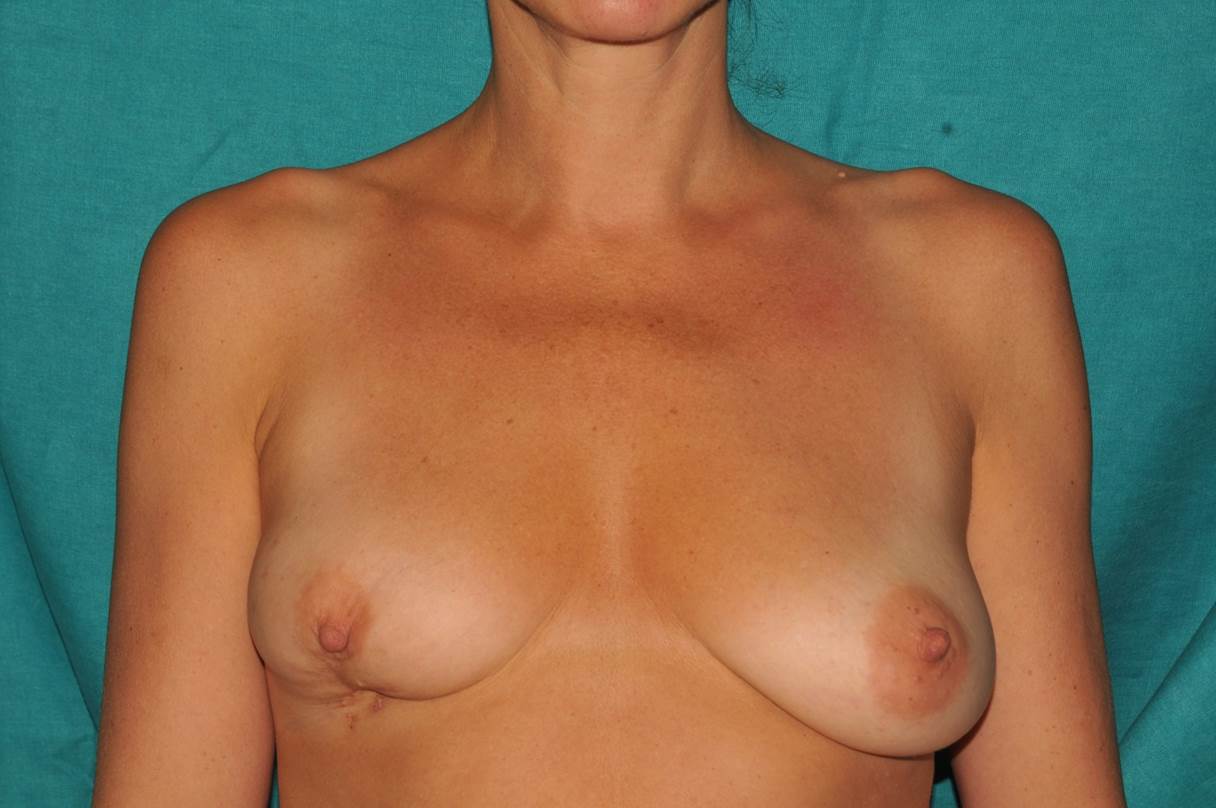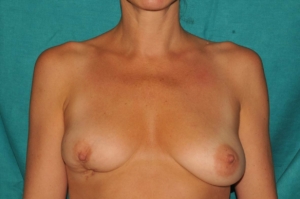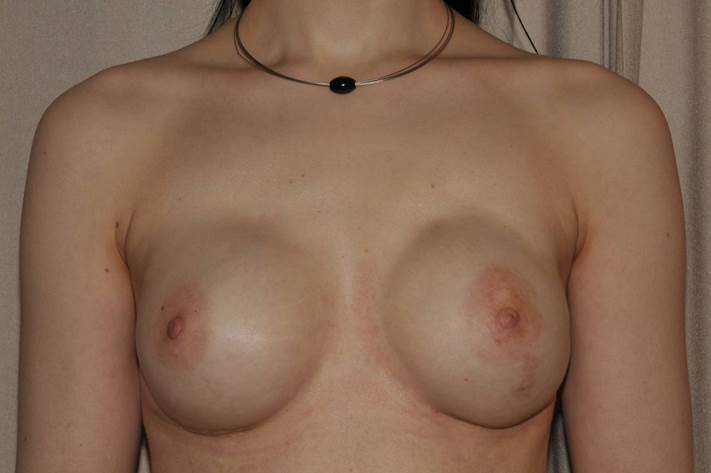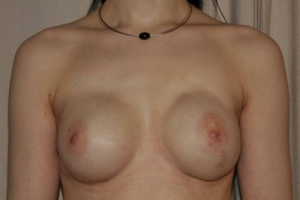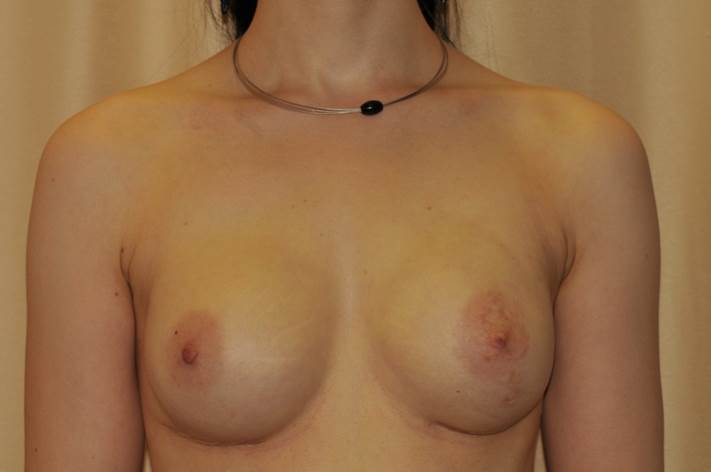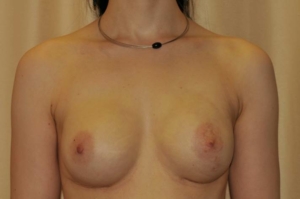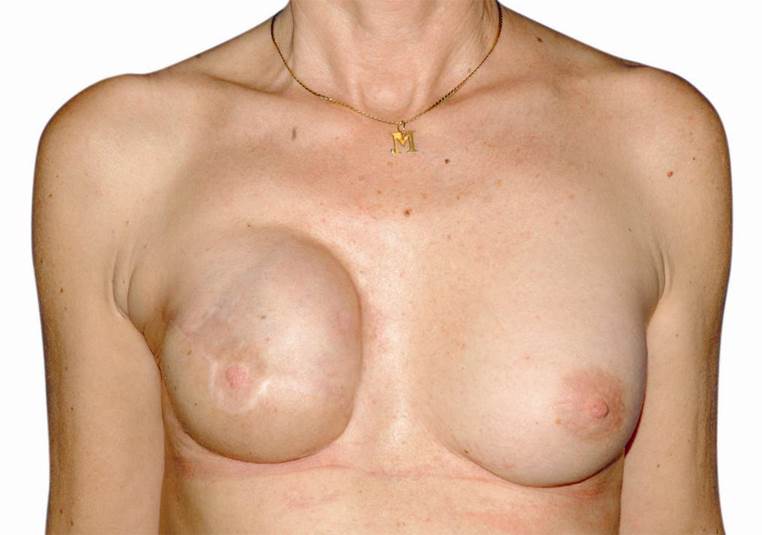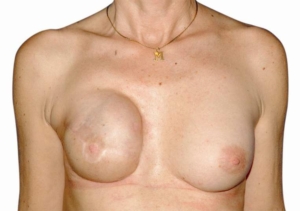Breast Reconstruction with Autologous Fat Transfer
The restoration / reconstruction of surgery -related differences in size of the breast is ideally performed with autologous fat.
In recent years, the Western world has dedicated increased attention to breast cancer screening.
At the same time, the technical progress in the field of radiology (mammography, magnetic resonance imaging, ultrasound diagnostics) allows the detection of breast cancer in its earliest stages.
The result of this extremely positive development is, among other things, that in breast cancer surgery breast-preserving surgery can be performed more often, so that an increasing number of patients after breast cancer surgery have only a minor volume difference between the healthy and the operated breast.
The restoration – reconstruction of such operation-related differences in size are ideally performed with autologous fat.
With autologous fat, smallest nuances can be corrected precisely and without risk. The autologous fat transfer has evolved over the past 4 years at Vienna General Hospital as an integral part of breast reconstruction and is on the verge of catching up to the implant reconstruction. This not least because with autologous fat transfer, improvements can also be achieved there where with implant reconstruction alone cannot be used, such as after the prophylactic breast tissue removal in high-risk patients.
Breast reconstruction with autologous fat stresses the patient relatively little, and the hospital stay is mostly restricted to 1-2 days.
Monika Dlugokecki reported in the Journal -NEWS – Life – Health- about the new method of breast cancer treatment: This is an excerpt of the report:
Breast reconstruction with autologous fat
The autologous fat transfer is not new per se. Since the 1990s, it has been used in facial corrections and also in breast augmentation with autologous fat. Initially, the method was not fully developed, since the ideal extraction of fat cells, their preparation and injection technique had not been adequately researched.
In 2001, researcher Patricia Zuk found further that there are in the remote adipose important stem cells that had been previously thought only in the bone marrow . These stem cells have the unique potential to transform into any cell. This allows them to be easily removed from an area of the body and transplanted to another . In addition, researchers discovered that they improve skin quality in the regions in which they are introduced and rejuvenate the skin. Scar tissue is also improved and softened.
Delle after breast cancer.
“After my breast cancer diagnosis a part of my right breast was removed. After three sessions it could be fully rebuilt. The fat was removed from the thighs. I had no pain thereby, and I could go home again the next day. I was surprised at how easy and simple this method is. I only required a local anesthetic. After two weeks I had to follow up. One can feel only a few days a slight pain at the site from which the fat has been removed, but it leaves no scars.”





